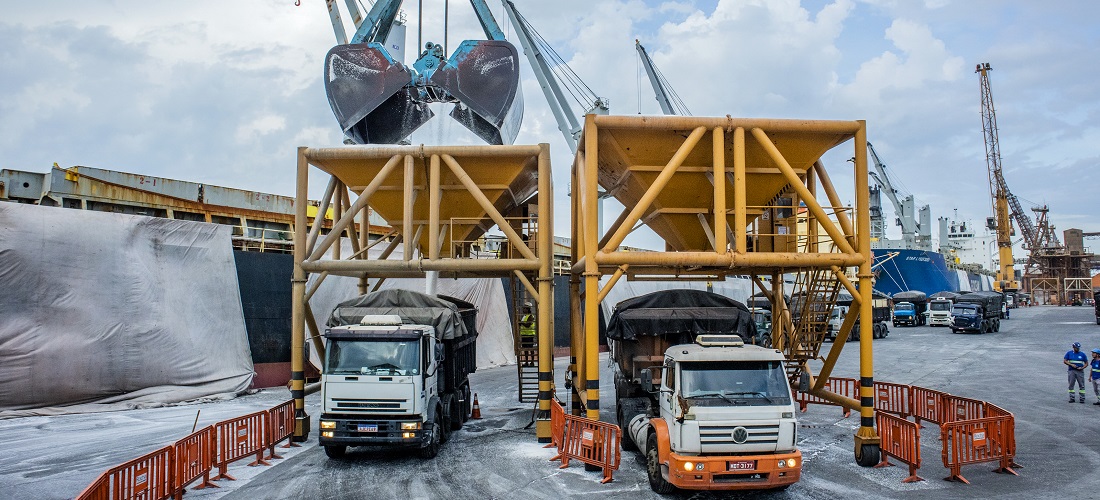
Brazil imports 85% of fertilizers used in agriculture
May, 27, 2021 Posted by Ruth HollardWeek 202123
Brazil, one of the largest agricultural exporters in the world, is still dependent on the foreign market when it comes to fertilizer. According to a balance sheet by ANDA (the national association for the diffusion of fertilizers), of the 40 million tons delivered to the market last year, only 6 million came from the domestic market, which means that the country imports 85% of the product it consumes.
This disproportion makes the market at the mercy of the dollar price. Fertilizers are important additives for agriculture to provide nutrients for plant growth.
See the chart below for a history of Brazilian fertilizer imports since January 2020 and a comparison of the first quarter of the last two years:
Brazilian Fertilizer Imports | Jan 2020 to Mar 2021 | WTMT
Graph source: DataLiner (click here to request a demo)
According to Marcelo Morandi, Chief Environmental Officer at EMBRAPA, one of the biggest challenges currently facing the industry is to have a stable market that gives more options to the domestic market.
He participated in the 5th Sustainable Agribusiness seminar, held by Folha and sponsored by the government of Mato Grosso, Mosaic Fertilizantes, and AMBIPAR.
According to Morandi, of the three most important elements that plants need, namely NPK fertilizers (nitrogen, phosphorus, and potassium), Brazil is still dependent on imports for the last two, especially potassium, due to the few natural sources here in the country.
Source: Folha de São Paulo
To read the full original article, access the link below:
-
Automotive
Sep, 13, 2023
0
Brazilian auto parts market down 2% in imports; exports up 18.6%
-
Ports and Terminals
Jul, 27, 2021
0
AmmPower signs MoU with Porto Central in Espírito Santo
-
Meat
Feb, 09, 2023
0
Brazilian poultry exports grow 20.6% in January, breaking records
-
Other Cargo
Feb, 22, 2023
0
Brazil’s dairy imports regain pace in January

